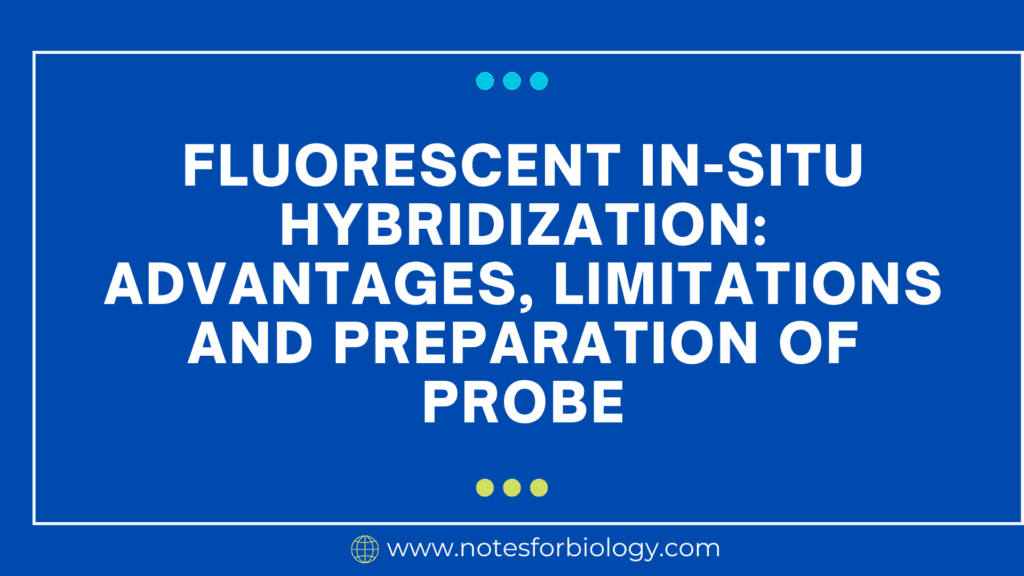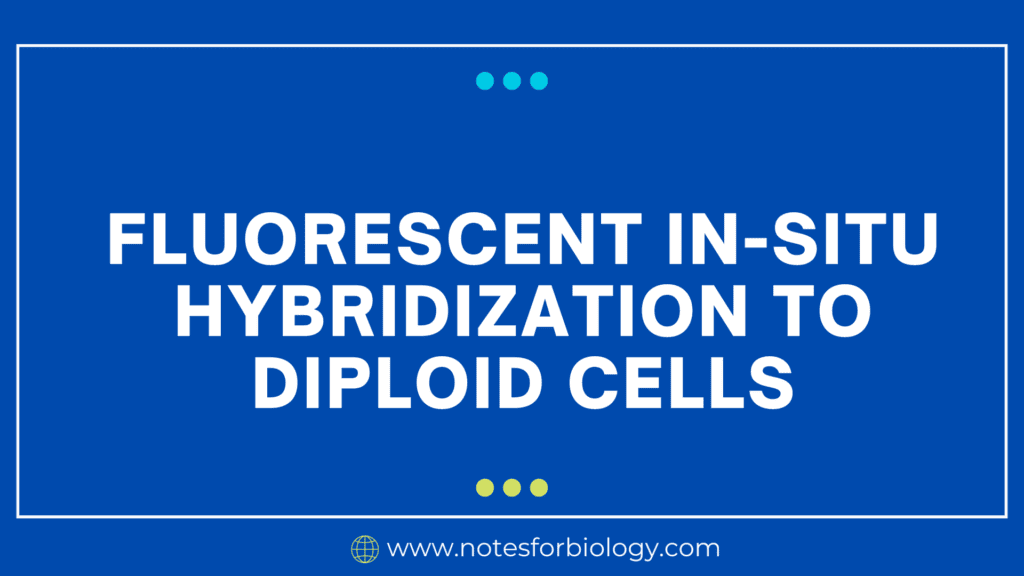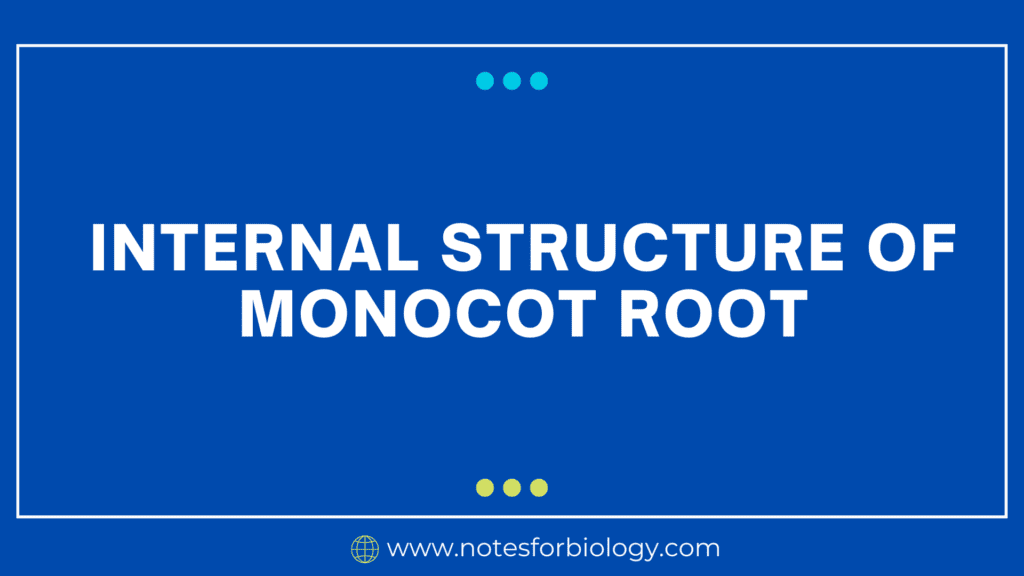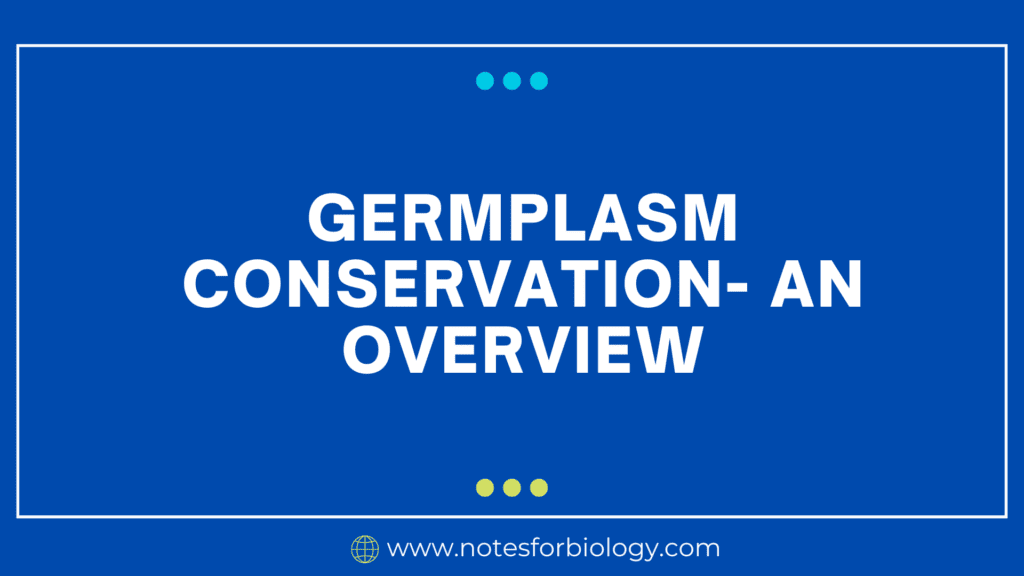Food chain, food web and ecological pyramids
Food chains reflect the easy transfer of energy and nutrients from one organism to another. They provide a clear and straightforward representation of how energy flows through an ecosystem. In a food chain, each organism belongs to a specific trophic level, beginning with producers that generate energy through photosynthesis and ending with top predators that […]










